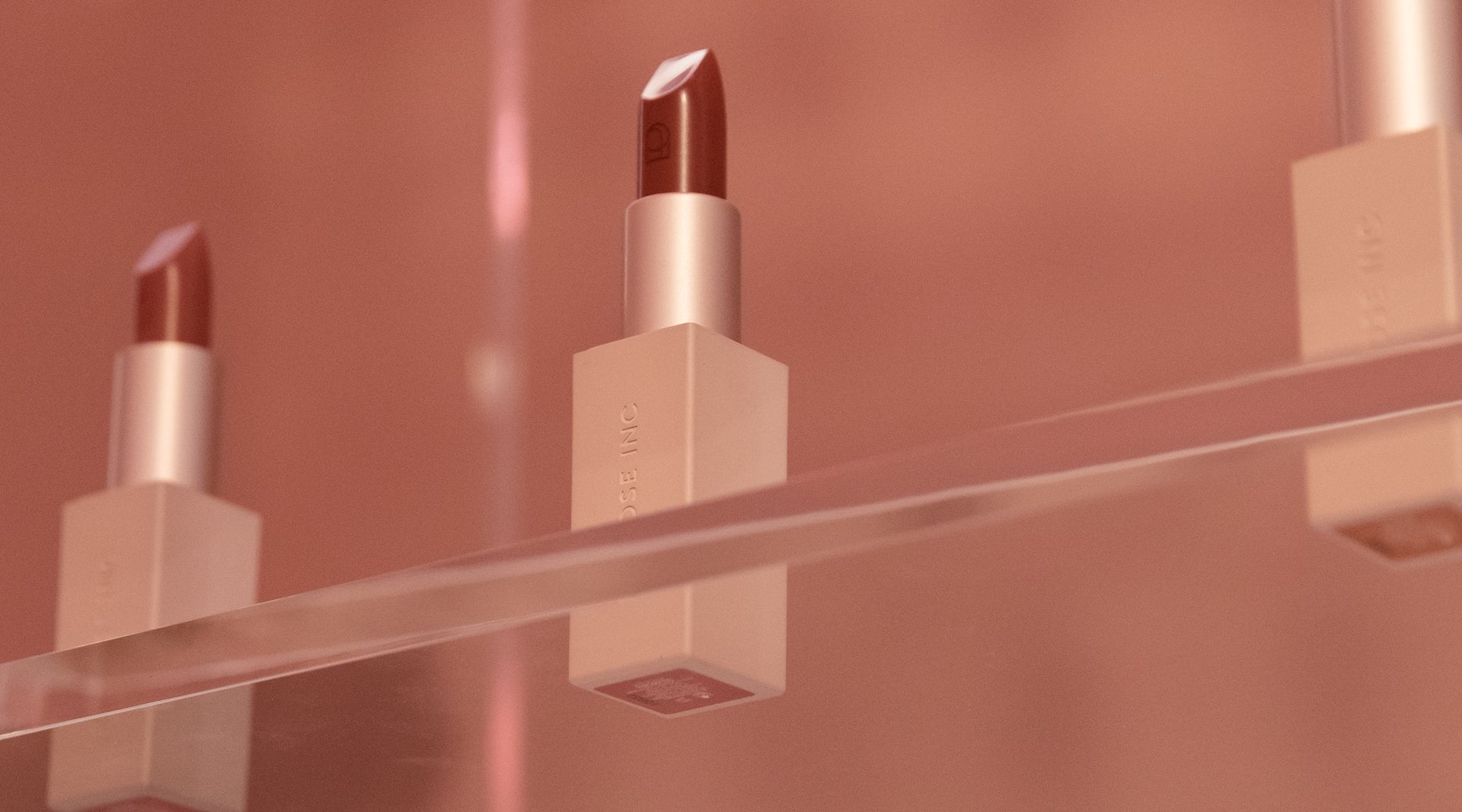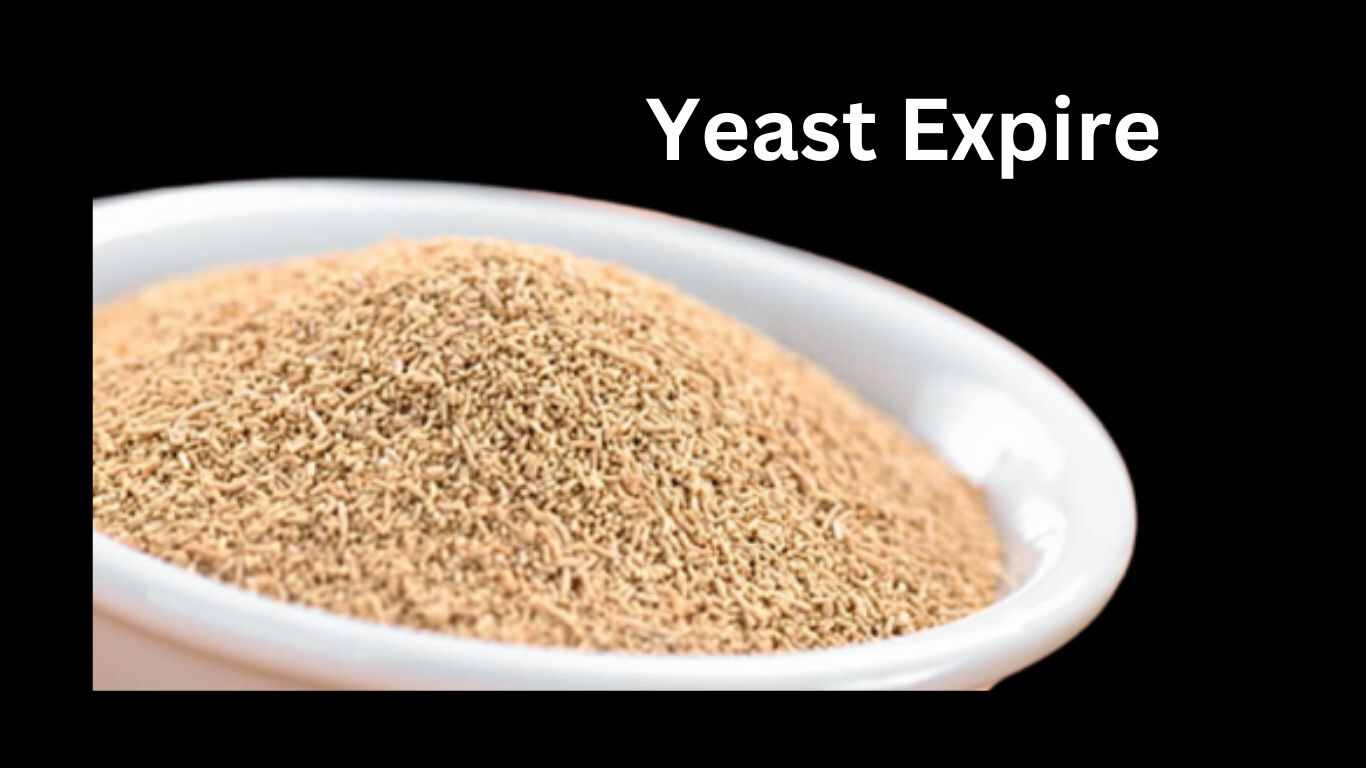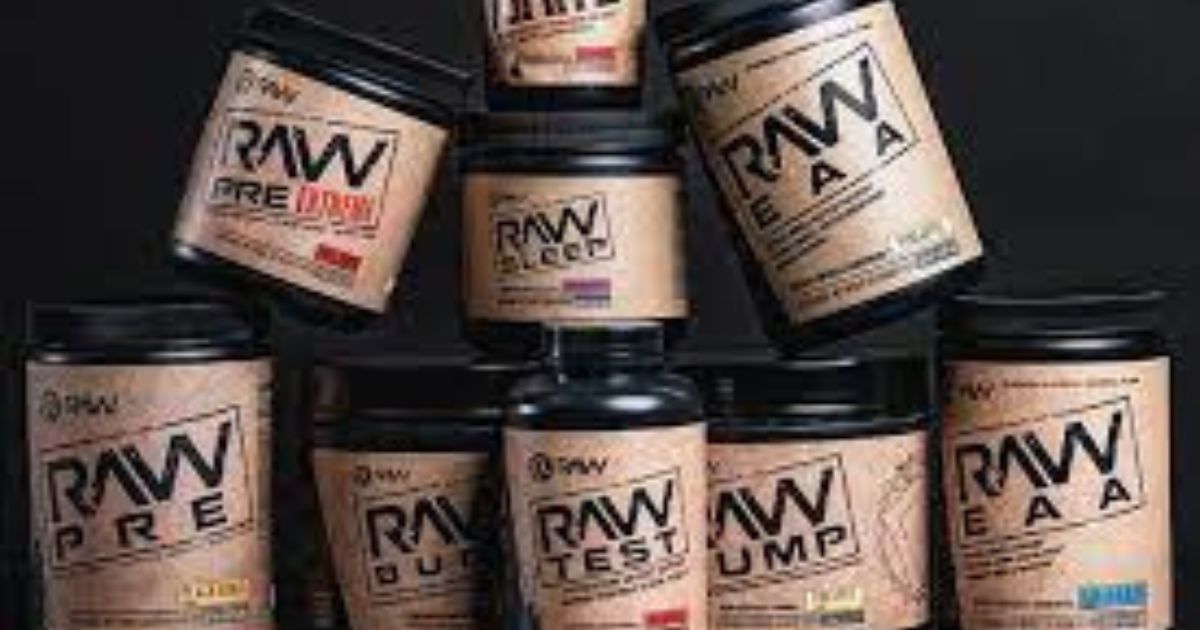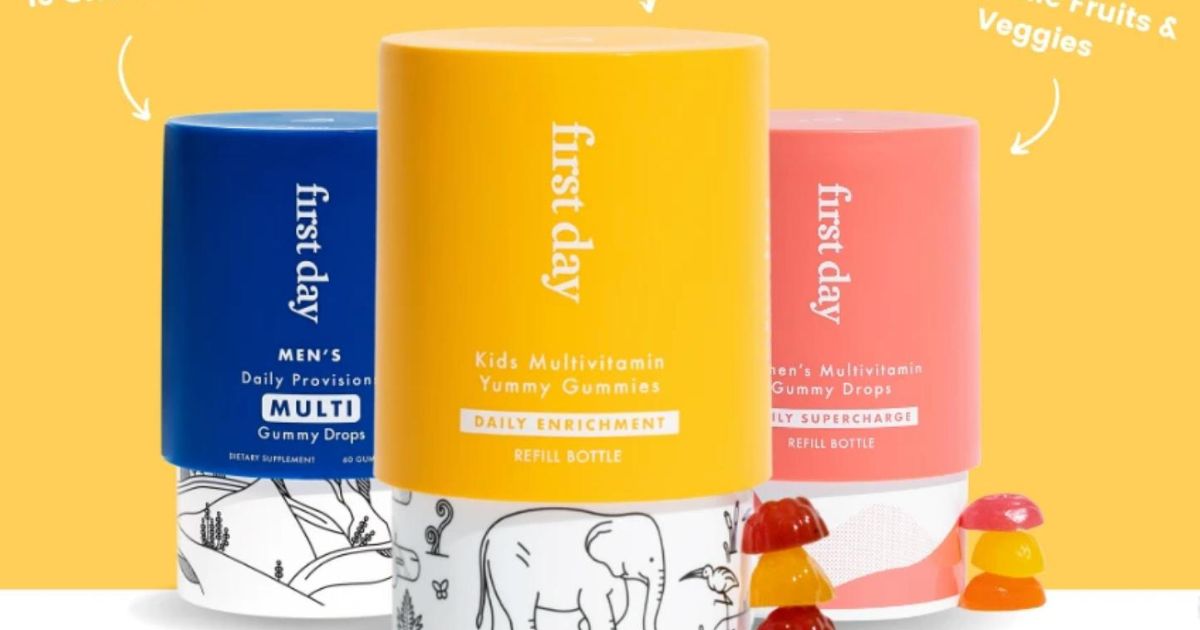Yes, nutritional yeast can go bad. It has a shelf life of around two years if stored properly.
Nutritional yeast is a type of inactive yeast made from sugar cane or beet molasses. It is known for its cheesy flavor and is a great source of protein, b vitamins, and minerals like zinc and selenium. Many people use it as a vegan substitute for cheese in recipes.
However, like any other food item, nutritional yeast can go bad if not stored correctly. Proper storage requires keeping the package tightly sealed and in a cool, dry place away from direct sunlight. In this article, we will discuss more in detail how to store nutritional yeast to prevent it from going bad and how to tell if it has gone bad.

Credit: www.roseinc.com
Understanding The Shelf Life Of Nutritional Yeast
Nutritional yeast has become increasingly popular in recent years thanks to its umami flavor and versatility in plant-based cuisine. However, if you are a fan of this savory seasoning, you may find yourself wondering whether nutritional yeast goes bad and how long it can last.
We will delve into the shelf life of nutritional yeast, discussing the factors that influence it and what happens when it expires.
Factors That Influence Nutritional Yeast Shelf Life
The shelf life of nutritional yeast is affected by several factors, including:
- Packaging: The way nutritional yeast is packaged plays a significant role in its shelf life. Nutritional yeast sold in bulk bins has a shorter shelf life because it is more exposed to air and moisture than nutritional yeast in airtight containers.
- Storage: Proper storage is crucial to extend the shelf life of nutritional yeast. It should be stored in a cool, dry place away from sunlight, moisture, and heat.
- Quality: The quality of nutritional yeast affects its shelf life. High-quality nutritional yeast lasts longer than low-quality nutritional yeast.
What Happens When Nutritional Yeast Expires?
Like all food products, nutritional yeast has a limited shelf life. When nutritional yeast expires, it starts to lose its nutritional value, flavor, and aroma. Eating expired nutritional yeast is not harmful, but it won’t add any significant nutritional value to your meals.
An easy way to tell if nutritional yeast has gone bad is to use your senses. If it smells rancid or musty, has changed color, or has developed clumps, it’s time to toss it in the trash.
Understanding the shelf life of nutritional yeast is important to ensure that you are using a fresh, flavorful, and nutritious product in your meals. By considering factors such as packaging, storage, and quality, you can help extend the shelf life of your nutritional yeast and get the most out of this delicious seasoning.
Best Practices For Storing Nutritional Yeast
Nutritional yeast is a popular ingredient commonly used in vegan and vegetarian diets. Due to its numerous health benefits, it has been a go-to ingredient for many health enthusiasts. However, one of the biggest concerns of people who use nutritional yeast is how long it lasts.
So, does nutritional yeast go bad? Let’s explore that question and discuss the best practices for storing nutritional yeast.
Proper Storage Methods To Extend Nutritional Yeast Shelf Life
Proper storage is essential to ensure that your nutritional yeast lasts as long as possible. Here are some best practices for storing nutritional yeast:
- Keep the nutritional yeast in an airtight container: Nutritional yeast can easily absorb moisture from the environment, which can cause it to spoil quickly. Therefore, store nutritional yeast in an airtight container to prevent it from coming into contact with the air and moisture.
- Store the nutritional yeast in a cool and dry place: Nutritional yeast should be kept in a cool and dry place, away from moisture and direct sunlight. A pantry or cupboard is a perfect place to store it.
- Refrigerate or freeze the nutritional yeast: If you live in a humid climate, or you want to extend the shelf life of your nutritional yeast, it is best to refrigerate or freeze it. Nutritional yeast will last up to six months in the refrigerator and up to a year in the freezer.
Signs Indicating Nutritional Yeast Has Gone Bad
Like any food product, nutritional yeast can go bad if not stored correctly. Here are the signs that indicate that your nutritional yeast has gone bad:
- Foul smell: Nutritional yeast should have a nutty, cheesy and savory aroma. If it has a foul or rancid smell, it has gone bad.
- Change in the appearance: Healthy nutritional yeast is golden yellow in color. However, if it turns a dark shade of yellow or brown, it has gone bad.
- Clumpy texture: Nutritional yeast should be fine and powder-like. If it forms clumps, it means that moisture has entered the container, causing the flakes to stick together.
By following proper storage methods, you can extend the shelf life of nutritional yeast, ensuring that it remains fresh and nutritious for longer. By recognizing the signs of spoilage, you can protect yourself from consuming bad nutritional yeast. Keep in mind the shelf life of nutritional yeast may vary depending on the brand, and always refer to the manufacturer’s instructions for best practices.
How To Tell If Nutritional Yeast Is Safe To Eat
Does nutritional yeast go bad? How to tell if nutritional yeast is safe to eat
Nutritional yeast is a popular choice for those seeking an extra boost of nutrients in their diet. It is a type of deactivated yeast, meaning it cannot be used for baking or fermenting, but instead is used as a flavoring agent or a source of vitamin b12.
However, like most food products, nutritional yeast can go bad too. So, let’s dive into the details of how to tell if your nutritional yeast is safe to consume.
Using Sight And Smell To Evaluate Nutritional Yeast
Nutritional yeast has a distinctive odor, often described as nutty or cheesy, and its color ranges from yellow to light brown. But if your nutritional yeast smells sour, musty, or moldy and has changed its color to dark brown or black, it is no longer safe to use.
Sometimes, the nutritional yeast can form clumps, and it does not mean that it has gone bad. You can break those clumps with a fork and use it in your food. However, if there are hard clumps, it could be a sign of moisture or mold, indicating that it is no longer safe for consumption.
Here are some key points to remember:
- Purchase nutritional yeast in a well-sealed container to prevent contamination.
- Always store it in a cool and dry place away from heat, moisture, and sunlight.
- Do not use nutritional yeast that has expired, or you are unsure of when you opened it. Check the expiration date before using it.
What To Do If You Are Unsure If Nutritional Yeast Has Expired
If you are unsure whether your nutritional yeast has expired or gone bad, here are a few things you can do:
- Conduct a sight and smell test as mentioned above.
- Always check the expiration date on the packaging.
- Contact the manufacturer or supplier for more information about the product.
- Search online for signs of spoilage or expiration of nutritional yeast.
These simple steps can save you from consuming spoiled nutritional yeast and safeguard your health.
To sum up, nutritional yeast can go bad, but you can easily determine if it is safe to eat. Always ensure that you buy packaged nutritional yeast from a reputable supplier, store it correctly, and keep track of its expiration date.
By following these guidelines, you can ensure that the nutritional yeast in your pantry is always ready and safe to use.
Ways To Incorporate Nutritional Yeast Into Your Diet
Nutritional yeast is a common ingredient in vegan and vegetarian diets, but it’s also gaining popularity among meat-eaters. This versatile ingredient is not only delicious but also has several health benefits. Here are some ways you can easily add nutritional yeast to your diet.
Delicious Recipes Featuring Nutritional Yeast
Nutritional yeast can add a cheesy umami flavor to any dish. It is perfect for vegans and vegetarians, as it mimics the taste of cheese without any dairy products. Here are some delicious recipes that showcase the versatility of nutritional yeast:
- Vegan macaroni and cheese: This classic dish can now be enjoyed by vegans using nutritional yeast. Make a creamy sauce with cashews, nutritional yeast, and spices, and toss it with cooked macaroni for a delicious meal.
- Vegan parmesan cheese: You can make an easy vegan version of parmesan cheese using nutritional yeast, cashews, garlic powder, and salt. Sprinkle it over pasta, popcorn, or roasted vegetables for a savory flavor.
- Vegan cauliflower gratin: This dish is perfect for a cozy night in. It’s made with a creamy cashew sauce, steamed cauliflower, and nutritional yeast. It’s a comforting and healthy meal that everyone will love.
Surprising Foods That Can Benefit From Nutritional Yeast
Besides adding flavor, nutritional yeast also has several health benefits. It is a great source of protein, fiber, and essential vitamins and minerals. Here are some unexpected ways to add nutritional yeast to your diet:
- Popcorn seasoning: Instead of using butter or salt, sprinkle some nutritional yeast on your popcorn for a healthier and flavorful snack.
- Salad dressing: Nutritional yeast can add a cheesy flavor to any salad dressing. Mix nutritional yeast with apple cider vinegar, dijon mustard, and olive oil for a delicious and healthy dressing.
- Baked goods: Nutritional yeast can be used in baking as a leavening agent. It also adds a nutty flavor to bread, muffins, and pizza crusts.
Nutritional yeast is a versatile ingredient that can be easily incorporated into any diet. Whether you are vegan, vegetarian or a meat-eater, nutritional yeast is a tasty and nutritious addition to any meal.
Comparing Nutritional Yeast To Other Vegan Alternatives
Nutritional Benefits And Flavor Differences Of Nutritional Yeast And Other Vegan Substitutes
Nutritional yeast is a vegan substitute that provides a plethora of nutritional benefits that are not easy to find in other vegan substitutes. Here are some of the key nutritional benefits and flavor differences of nutritional yeast and other vegan substitutes:
Nutritional Benefits Of Nutritional Yeast
- Nutritional yeast contains high amounts of vitamins, especially vitamin b12. It is a good source of protein and fiber and a great addition to the vegan diet.
- Nutritional yeast is low in fat and calories, which makes it a perfect option for people who want to lose weight or maintain their weight level.
- Nutritional yeast is an excellent source of minerals, especially iron, magnesium, and zinc.
- One tablespoon of nutritional yeast can provide you with almost 50% of your daily vitamin b12 needs. It is a great substitute for meat and dairy products.
Flavor Differences Of Nutritional Yeast And Other Vegan Substitutes
- Nutritional yeast has a nutty and cheesy flavor that makes it a great addition to vegan dishes, especially if you want to add a savory and tangy taste.
- Tahini is another vegan substitute that has a nutty flavor, but it doesn’t have a cheesy taste like nutritional yeast.
- Tamari is a substitute for soy sauce that can add a salty and umami flavor to vegan dishes. It is a gluten-free alternative to soy sauce, but it has a higher sodium content.
- Miso is a vegan substitute that has a salty and creamy taste. It is perfect for adding a savory taste in soups and stews.
- Liquid aminos are a substitute for soy sauce that offers a similar taste but with fewer calories. It is made from non-gmo soybeans and is perfect for adding a little bit of saltiness to your meals.
Nutritional yeast is a great vegan substitute that provides a delicious cheesy taste and a lot of nutritional benefits. However, there are other vegan substitutes that offer different flavors, including nutty, salty, and creamy. It’s always best to try out different substitutes and find the ones that work for you.
Understanding The Different Forms Of Nutritional Yeast
Nutritional yeast is a popular ingredient among vegans and vegetarians, thanks to its nutty and cheesy flavor. It is an excellent source of protein, fiber, vitamins, and minerals. But, do you know that nutritional yeast comes in different forms? Let’s take a closer look.
Powdered Versus Flakes: Which Is Better?
Nutritional yeast comes in two different forms – powdered and flakes. Here are a few key points that help you understand these two forms of nutritional yeast.
- Powdered nutritional yeast:
- Powdered nutritional yeast has a finer texture compared to flakes.
- It is easier to incorporate into recipes and dissolves quickly, making it ideal for sauces, dressings, and dips.
- It has a higher surface area, which means you may need to use less than flakes.
- Flaked nutritional yeast:
- Flaked nutritional yeast is thicker and has a crunchier texture compared to the powdered form.
- It is great for topping salads, pasta, and roasted vegetables, and adds a nutty flavor and texture.
- It has a lower surface area, meaning you may need to use a little more compared to the powdered form.
Is Fortified Nutritional Yeast Worth The Extra Cost?
Fortified nutritional yeast is a type of nutritional yeast that has added vitamins and minerals such as vitamin b12, zinc, iron, and folic acid. Here are a few key points to help you decide if fortified nutritional yeast is worth the extra cost.
- Fortified nutritional yeast:
- It is a great source of vitamin b12, which is essential for vegans and vegetarians who may not get enough of this vitamin from their diet.
- It is also fortified with other essential vitamins and minerals that may be lacking in a vegan or vegetarian diet.
- The extra cost of fortified nutritional yeast may be worth it for those who have specific dietary requirements or are looking to boost their nutrient intake.
With the right understanding of nutritional yeast’s different forms, you can now decide whether to use flakes or powdered yeast. If you choose to buy fortified nutritional yeast, make sure to read the label carefully and select a brand that contains the vitamins and minerals you need.
Frequently Asked Questions On Does Nutritional Yeast Go Bad
Is It Safe To Eat Nutritional Yeast After Its Expiration Date?
Nutritional yeast generally has a long shelf life. You can consume it even after the expiry date as long as there is no mold or strange smell. If you find any of them, discard it.
How Does Expired Nutritional Yeast Smell Like?
You may notice a strong, musty smell when the yeast has gone bad. If the odor bothers you, it’s best to refrain from eating it. Give it a sniff before consuming.
Does Nutritional Yeast Need Refrigeration After It’S Opened?
It is not necessary to refrigerate unopened nutritional yeast at any time. But, it’s preferred to store opened nutritional yeast in an airtight container, in a cool, dry place, away from direct sunlight.
Can I Freeze My Nutritional Yeast To Prolong Its Shelf Life?
Yes, you can freeze nutritional yeast. It will extend its shelf life by several months. Simply store it in an airtight container then keep it in the freezer.
How Can I Tell If My Nutritional Yeast Is Bad?
Be aware of any growth or discoloration that occurs on the surface of nutritional yeast. Additionally, if there is any strange smell or taste, the product has gone bad and should be discarded.
Conclusion
As we come to the end of this blog post, it is clear that nutritional yeast has a long shelf life and is unlikely to go bad if stored properly. The high concentration of vitamins and minerals found in nutritional yeast make it a perfect ingredient for vegans and vegetarians, providing them with vital nutrients in their diets.
It is important to keep nutritional yeast in an airtight container and store it in a cool, dry place. While some may choose to keep it in the refrigerator, this is not essential and may even reduce the product’s shelf life.
Therefore, as long as you follow these simple guidelines, you can continue using nutritional yeast for months, if not years, without worrying about it going bad. So, go ahead and enjoy the nutritional benefits and delicious taste of nutritional yeast in your meals.




